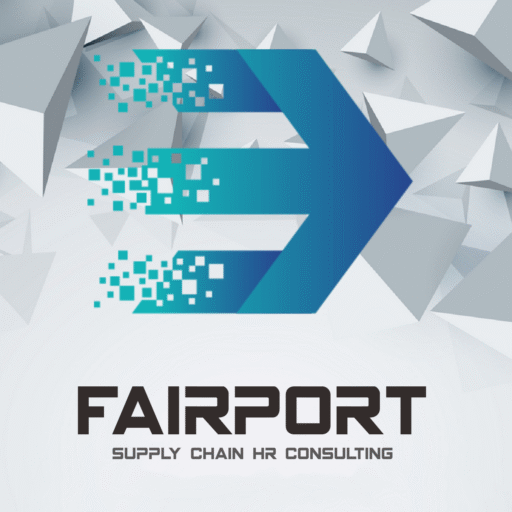People Analytics: Turning HR Data into a Strategic Lever
Advanced analytics tools are revolutionising Human Resources, replacing gut-feeling with empirical evidence. By mining workforce data, HR teams can now make precise decisions in critical areas—talent acquisition, retention and performance—directly boosting corporate growth and competitiveness.
What Is People Analytics?
Also known as workforce analytics, it is the systematic collection, processing and interpretation of employee data. The insights generated allow organisations to:
Boost organisational performance
Improve the employee experience
Align HR initiatives with business objectives
Shifting from reactive management to a data-driven strategy enables companies to anticipate needs, tailor interventions and make human-capital decisions based on objective evidence.
Key Benefits
| Objective | Value Generated |
|---|---|
| Cost Optimisation | Detect waste linked to turnover, inefficiencies and recruiting processes. |
| Targeted Talent Acquisition | Optimised sourcing and screening → better-matched candidates and shorter time-to-hire. |
| Workforce Planning | Map current/future skill gaps, enable internal mobility and targeted upskilling. |
| Engagement & Retention | Analyse motivational drivers to launch proactive climate and satisfaction actions. |
How Data Is Redesigning HR Processes
Recruiting
Use analytics to find the highest-performing channels, fine-tune job descriptions and predict candidate success → faster, higher-quality hires.
Engagement & retention
Combine surveys, performance KPIs and feedback loops to forecast disengagement and turnover → lower attrition, higher motivation.
Performance management
Replace annual reviews with real-time monitoring and continuous feedback → fully aligned goals and ongoing development.
Learning & development
Apply predictive analytics to personalise training and close skill gaps → increased training ROI and productivity.
Real-World Outcomes
Digitalised performance management: dashboards now track goals, progress and strategic alignment instead of paper forms.
Reduced turnover: predictive models flag flight-risk signals early and trigger targeted retention measures.
Lower absenteeism: behavioural-pattern analysis supports more effective leave policies and well-being programmes.
A data-oriented HR culture therefore improves operational efficiency, employee well-being and, ultimately, overall financial performance.
People Analytics: Turning HR Data into a Strategic Lever
Advanced analytics tools are revolutionising Human Resources, replacing gut-feeling with empirical evidence. By mining workforce data, HR teams can now make precise decisions in critical areas—talent acquisition, retention and performance—directly boosting corporate growth and competitiveness.
What Is People Analytics?
Also known as workforce analytics, it is the systematic collection, processing and interpretation of employee data. The insights generated allow organisations to:
Boost organisational performance
Improve the employee experience
Align HR initiatives with business objectives
Shifting from reactive management to a data-driven strategy enables companies to anticipate needs, tailor interventions and make human-capital decisions based on objective evidence.
Key Benefits
| Objective | Value Generated |
|---|---|
| Cost Optimisation | Detect waste linked to turnover, inefficiencies and recruiting processes. |
| Targeted Talent Acquisition | Optimised sourcing and screening → better-matched candidates and shorter time-to-hire. |
| Workforce Planning | Map current/future skill gaps, enable internal mobility and targeted upskilling. |
| Engagement & Retention | Analyse motivational drivers to launch proactive climate and satisfaction actions. |
How Data Redesigns HR Processes
| HR Function | Analytics Use | Impact |
|---|---|---|
| Recruiting | Identify the best channels, refine job descriptions, predict candidate success. | Faster, higher-quality hires. |
| Engagement & Retention | Combine surveys, performance KPIs and feedback to foresee disengagement and turnover. | Lower attrition, higher motivation. |
| Performance Management | Real-time monitoring and continuous feedback instead of annual reviews only. | Aligned goals and ongoing development. |
| Learning & Development | Predictive analytics to personalise training content and close skill gaps. | Higher training ROI and productivity. |
Real-World Outcomes
Performance digitalisation – Paper forms replaced by dashboards tracking goals, progress and strategic alignment.
Lower turnover – Predictive models catch flight-risk signals early and trigger targeted interventions.
Reduced absenteeism – Behaviour-pattern analysis supports more effective leave and well-being policies.
These cases show how a data-oriented HR culture enhances operational efficiency, employee well-being and, ultimately, overall financial performance.





